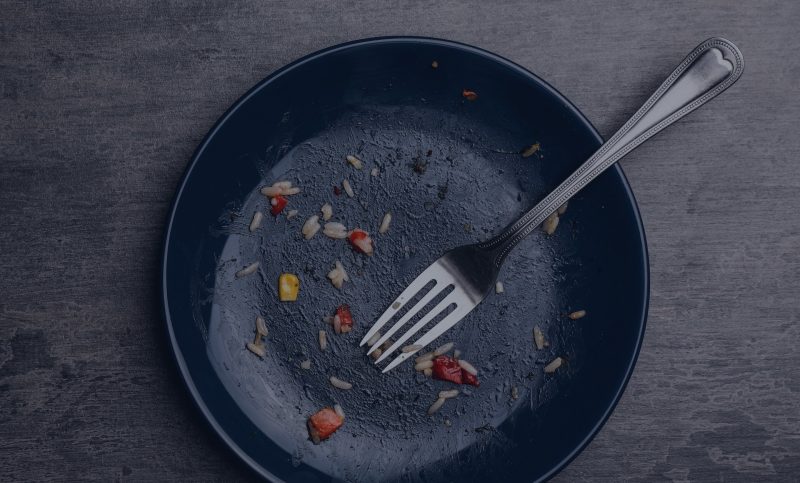reciProfity is recipe costing software that does the food costing math for you. So it seems like magic!
The Basics Of Recipe And Food Costing Magic (Math)
If you’ve been running restaurants for years and doing restaurant food costing you’re likely already profitable and are using reciProfity to cost out your recipes and cut down on your admin work. But if you’re newer to the game, these articles will teach you how to conquer the profitability puzzle.
Here’s a quick primer on restaurant math: Spend 30% of your revenue on food and drinks to sell to your customers. Spend another 30% on your staff. Spend 20% on everything else: rent, electricity, gas, insurance, taxes, linen, maintenance, repairs, and light bulbs. Roll 10% back into the business to make it better and put 10% in your pocket. You’ve earned it.
To get this math right, it’s absolutely essential to have an accurate Food Cost. This is the most basic purpose of reciProfity. In other businesses this is called the Cost of Goods Sold (COGS) or Cost of Sales. Your Food Costing can be expressed in two ways:
- As a number: exactly how much money do you pay for the ingredients in a recipe?
- As a percentage: what percent of a recipe’s sales price goes to paying for its ingredients?
Learn To Speak Like A Recipe And Food Costing Pro
Here are some other terms you should know before we get into menu pricing strategies:
- Fixed Costs, or Overhead, are the expenses connected with opening and operating your business every day. This includes rent, electricity, gas, insurance, and anything else that stays the same (or almost the same) regardless of your sales volume.
- Variable Costs are expenses that change directly proportionally to your sales volume. For our purposes, these are the same as Food Cost.
- Payroll exists somewhere between Fixed Costs and Variable Costs. Even though your payroll costs vary depending on how busy you expect a service period to be, they can’t be expressed as an exact proportion of revenue so it’s not really a variable cost.
- Gross Margin is the difference between revenue and food cost. In other words, it’s your profit AFTER paying for food but BEFORE paying your fixed costs. Also called Contribution Margin or Gross Profit.
- Net Income is your profit after paying BOTH fixed and variable costs. From your accountant’s standpoint, this is the same as your EBITDA: earnings before interest, taxes, depreciation, and amortization.
- Breakeven Point is the amount of revenue you need to exactly cover all your fixed costs, variable costs, and payroll. In other words, it’s a number of sales that results in exactly zero net profit/loss. Here’s how to calculate a number of sales you need to do in order to hit your breakeven point:
- Breakeven Sales = Fixed Costs/Gross Margin %
Simple Example to illustrate these terms:
| You pay $10 for a rib-eye steak and sell it for $30. | ||
|---|---|---|
| Food Cost: $10 | Food Cost%: 30% | Gross Margin: $20 |
How To Identify A Better Food And Recipe Cost Model
Once you begin to add recipes in reciProfity you’ll begin to see how we help you determine your food cost % and match it to a target.
If you see an Actual Food Cost % that is above your Target you’ll start thinking about how best to manage that. We’re getting you off to a good start here.
Would you change the price you charge? Or modify your ingredients? Or have a talk with your supplier?
| PRICING | ||
|---|---|---|
| ACTUAL | TARGET | |
| Selling Price | $10.99 | $12.00 |
| Food Cost % | 38.20% | 35.00% |
| Margin | $6.79 | $7.80 |
| Serving Cost | $4.20 | |
Create A More Profitable Menu With Smarter Recipe Costing
We have 3 levels of pricing available for our software. Each level gives you different access to the tools and features you need that’ll make you giggle at how simple recipe costing and pricing can actually be!
